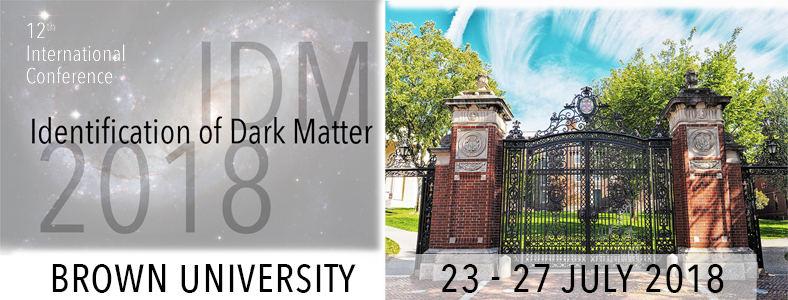Speaker
Description
Deep, all-sky gamma-ray observations combined with recent discoveries of nearby dwarf galaxies have set the stage for the potential detection of dark matter annihilation. I will discuss a few issues, both conceptual and technical, required to rigorously establish the existence of a signal and to identify it as new physics. This includes assessing significance given limitations in our understanding of the gamma-ray background, especially regarding populations of faint astrophysical sources. I will present a new methodology that improves on flux-based test statistics and enables a new test of the dark matter hypothesis against alternatives. The emphasis is on developing a rigorous procedure which nonetheless handles partial knowledge of both the dark matter properties and of the background. Given a putative excess I will show how comparing its energy spectrum to those of conventional sources can help explain its origin. I will present these new techniques in applications to the dwarf galaxies Reticulum II and the Carina II/III pair.
